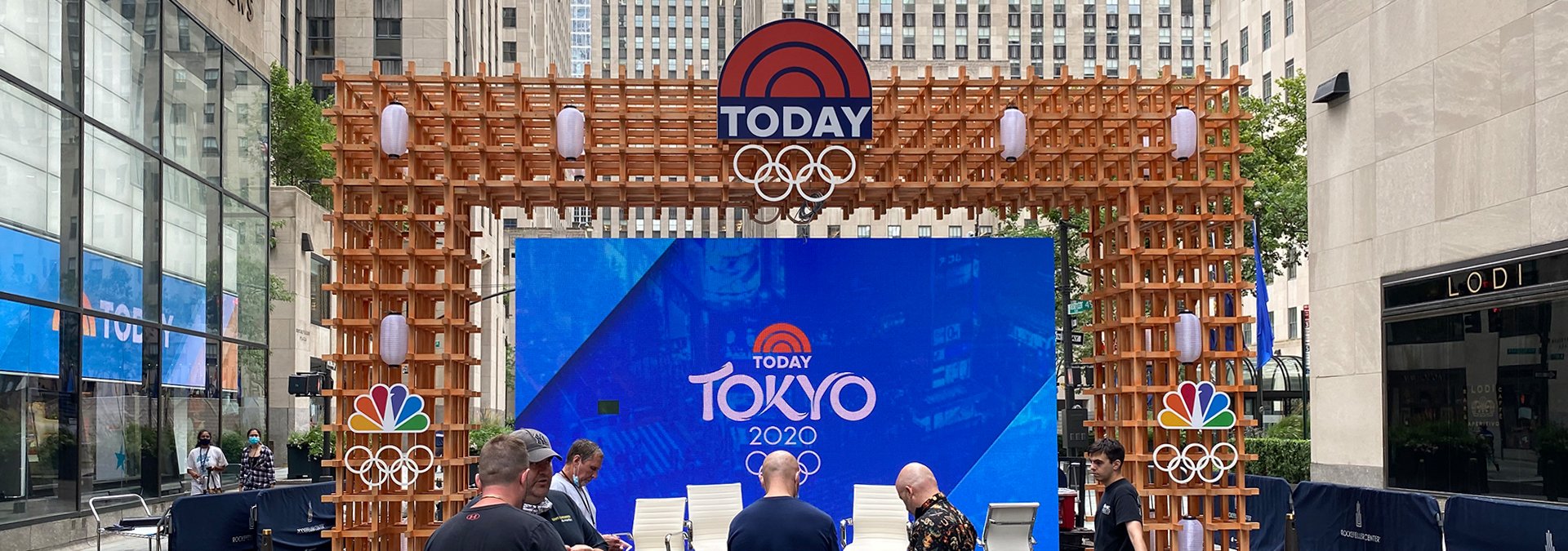Exploring the Longevity of LED Display Panels in Contrast to Traditional Display Methods
Light-emitting diode panel screens have grown progressively popular in current years, especially in settings like schools, corporate spaces, and public areas. These panels use LED lights (LEDs) to produce bright and lively visuals. One of the most significant advantages of LED innovation is its durability compared to conventional display methods, such as CRT tube tubes (CRTs) and liquid crystal screens. Grasping the distinctions in duration and performance between these technologies can help buyers make knowledgeable decisions about their screen needs.
Traditional screen methods, like CRTs, have been around for numerous years. They were commonly used in TVs and computer monitors. However, CRTs have a limited lifespan, typically lasting approximately 10,000 to 20,000 hours of operation. This means that after a couple years, users may observe a decline in picture clarity, such as fading or color distortion. In contrast, LED panel screens can last significantly longer, frequently exceeding 50,000 hrs. This extended duration means that consumers can enjoy consistent performance without the requirement for frequent substitutions.
Another important factor to consider is energy conservation. LED panel panels consume less energy than traditional displays, which not only helps the ecosystem but also lowers electricity costs. For example, while a CRT monitor may consume approximately 100 watts of power, an LED screen can consume as few as 30 to 50 W. This discrepancy in energy consumption adds to the overall longevity of LED innovation, as lower energy consumption generates minimal heat. Excessive thermal energy can damage electrical parts, leading to a shorter duration for conventional displays.
In addition to their longer lifespan and power conservation, LED wall screens also offer enhanced visual quality. They provide brighter hues and improved differentiation, making them ideal for multiple applications, read the full info here from advertising to learning presentations. The innovation behind LED screens enables for a wider viewing perspective, meaning that visuals stay clear and vibrant even when viewed from the flank. This is a major benefit over traditional displays, which often suffer from color deformation and diminished luminosity at broader angles.
In conclusion, the longevity of LED panel panels compared to traditional display technologies is a crucial factor for buyers to take into account. With durations that can surpass 50,000 hours, energy efficiency, and superior visual clarity, LED innovation provides many benefits. As technology continues to progress, LED panel screens are likely to become even more prevalent in various environments. Grasping these distinctions can assist individuals and organizations make improved decisions when investing in display technology, ensuring they receive the optimal worth for their requirements.